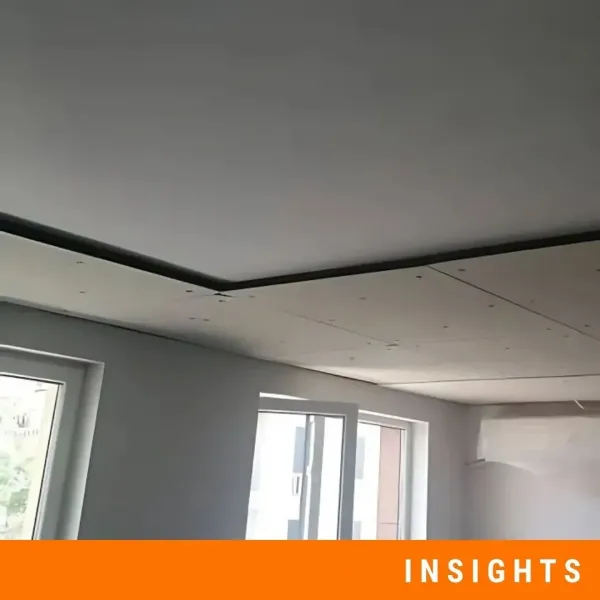How to Improve Factory Efficiency in Industry 4.0? Noise control!
The shift to Industry 4.0 is redefining manufacturing. Connectivity, automation, and data-driven control are making production lines faster, smarter, and more efficient than ever before. Yet amid this technological leap, one critical factor often escapes attention: soundproofing and noise control.
In many so-called smart factories, acoustic performance has not evolved at the same pace as automation. High-speed conveyors, robotic cells, and dense machinery networks introduce new sources of vibration and structure-borne noise, while reflective metal interiors amplify the problem. Excessive noise still undermines worker focus, accelerates equipment wear, and contributes to fatigue and safety risks.
A truly smart factory must therefore think beyond digital dashboards and predictive algorithms. It must be engineered for quiet operations, environments where humans and machines perform optimally together.
Industry 4.0 and Why Noise Control Matters
Industry 4.0 marks the era of digital transformation in manufacturing. It integrates smart sensors, IoT connectivity, data analytics, and adaptive control systems to create production environments that can self-monitor, self-adjust, and even predict failures before they occur. Machines communicate in real time, maintenance is condition-based, and decision-making is increasingly automated.
However, this leap in intelligence brings a set of soundproofing challenges that traditional factories never faced at such a scale. The same technologies that improve speed and efficiency often intensify noise and vibration:
- High-speed conveyors, robotic arms, and automated presses generate sharp sounds that reflect across hard surfaces.
- Structure-borne vibration travels through concrete floors, steel frames, and pipework, creating low-frequency noise that is difficult to isolate.
- Dense production layouts and reflective interiors amplify reverberation, increasing overall sound pressure levels.
- Sensitive sensors and communication networks can experience interference when background noise exceeds certain thresholds, especially in ultrasonic ranges.
In smart environments where acoustic sensors are already part of maintenance systems, these conditions create a feedback problem. If ambient noise is too high, acoustic analytics in manufacturing become less reliable, and detection accuracy drops.
Recent research from the Fraunhofer Institute for Manufacturing Engineering shows that acoustic data is now used for anomaly detection in smart manufacturing, such as identifying bearing wear, leaks, or tool degradation through subtle changes in frequency patterns. Effective factory noise control, combined with Industry 4.0 design, supports comfort, compliance, and data integrity. Quietness is a measurable performance parameter.
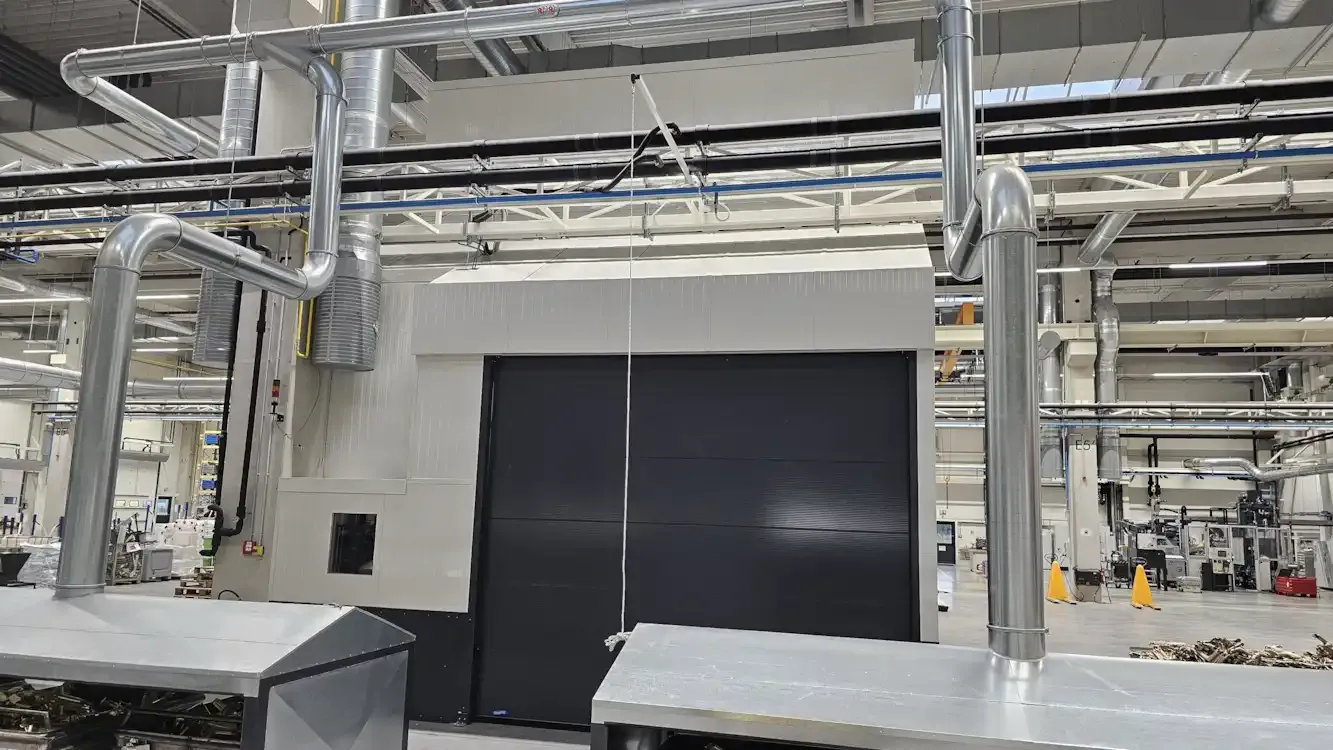
Key Noise Challenges in Smart Factories
Noise in smart manufacturing environments arises from a complex mix of mechanical, structural, and digital sources. Each contributes differently to the overall soundscape and requires targeted control strategies.
Equipment Noise and Tonal Components
Motors, compressors, and fans remain the dominant sources of continuous industrial noise. In automated production lines, their tonal frequencies often overlap, creating persistent hums and whines between 250 and 4,000 Hz. These sounds are particularly fatiguing for operators because the human ear is more sensitive to narrow-band noise, compared to broad-band noise.
Structure-Borne Vibrations
Machinery anchored to concrete or metal structures transmits vibration through floors, walls, and frames. This vibration and structure-borne noise challenge can cause resonance across the plant, even in areas far from the source. The result is a low-frequency rumble that traditional acoustic panels cannot absorb effectively.
Reverberation in Large Spaces
Modern production halls and logistics zones often feature high ceilings and reflective surfaces such as steel cladding or epoxy flooring. Without sufficient absorption, sound energy bounces repeatedly, increasing reverberation time and raising the average sound pressure level by up to 6 dB (and that could be experienced as twice as loud). This worsens communication, masking alarms and speech.
Sensor and Control Interference
Smart factories rely on acoustic sensors for predictive maintenance and process monitoring. When ambient noise is uncontrolled, it can mask or distort these readings. For instance, industrial noise monitoring IoT devices that track bearing health or pneumatic leaks depend on a clean acoustic environment to detect anomalies accurately.
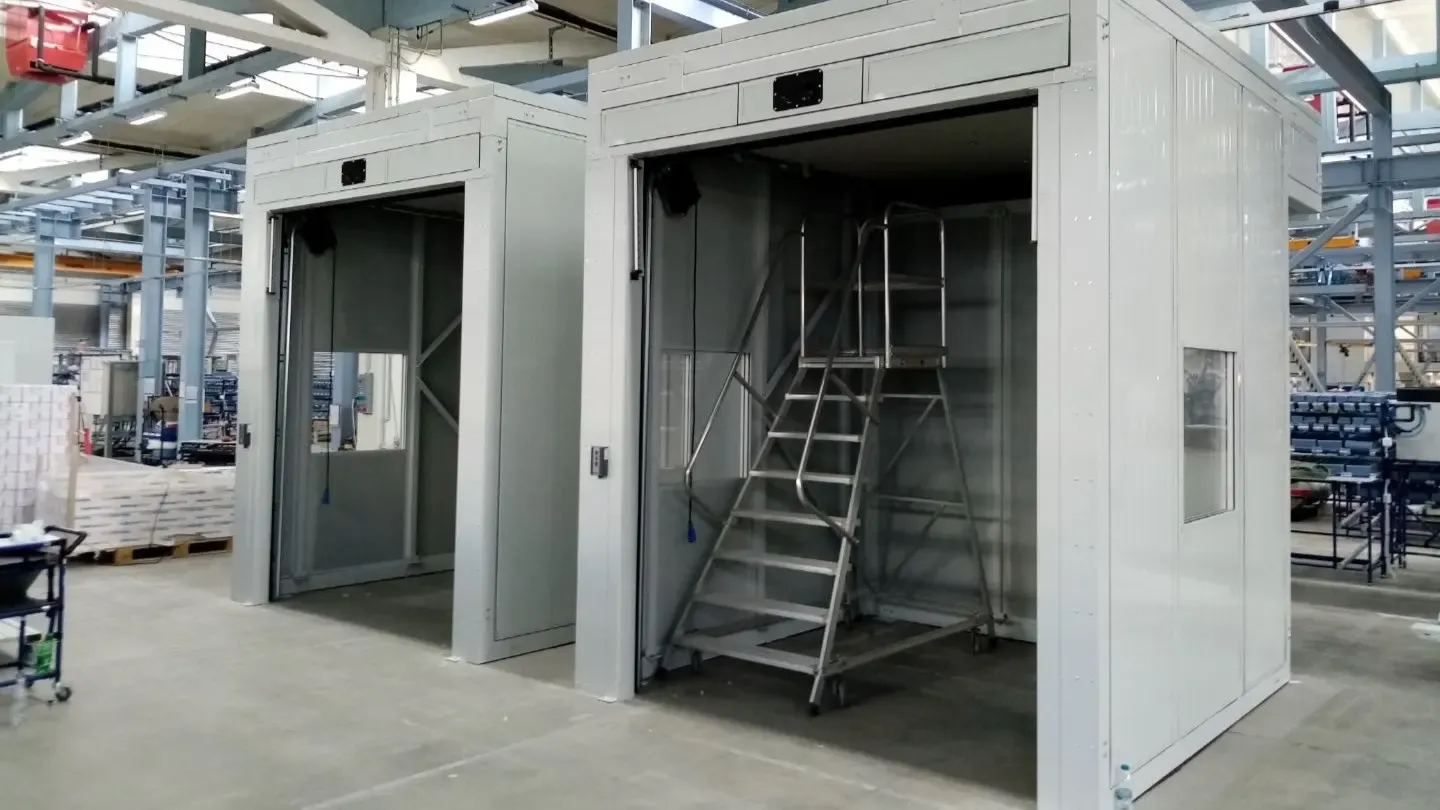
Zoning and Human–Machine Interaction
Operators now share space with collaborative robots, automated guided vehicles, and machine clusters. Without careful zoning, quiet workstations are exposed to high-impact sound from adjacent production cells. Balancing accessibility with noise separation is becoming a core element of soundproofing design and smart manufacturing.
Regulatory and Health Standards
Noise exposure regulations remain strict even in highly automated facilities. The European Directive 2003/10/EC sets exposure action values at 80 dB(A) and limit values at 87 dB(A). Prolonged exposure above these levels leads to fatigue, stress, and potential hearing loss, reducing worker satisfaction and productivity.
Understanding these challenges is the first step toward intelligent control. Smart technologies are reshaping traditional soundproofing and noise management in the context of Industry 4.0 acoustic design.
How Smart Tech Enables Soundproofing Design and Noise Control
Industry 4.0 soundproofing design goes beyond traditional barriers and absorbers. In a connected factory, noise management becomes an integral part of data-driven operations, using smart technologies to measure, analyse, and respond to sound and vibration in real time.
Continuous Monitoring with IoT Sensors
The foundation of industrial noise monitoring IoT systems is continuous acoustic and vibration measurement. Smart sensors placed near motors, presses, and conveyors collect data on noise levels, frequency spectra, and vibration amplitudes. This data is transmitted to central dashboards, allowing facility managers to identify peaks or anomalies instantly. Instead of waiting for complaints or failures, they can track how noise fluctuates by shift, process, or machine type.
Acoustic Analytics and Anomaly Detection
Artificial intelligence and machine learning are increasingly used to interpret sound patterns. Research from the Technical University of Munich shows that analysing acoustic signatures can identify bearing wear or fluid leaks weeks before they cause downtime. In a smart factory's acoustics framework, algorithms detect when a machine’s sound profile drifts from the baseline and flag it for inspection. This supports predictive maintenance while maintaining a quieter environment.
Adaptive and Active Noise Control
Modern factories are experimenting with active noise control and smart dampers that dynamically counteract unwanted sound. By generating an inverse acoustic wave or adjusting damping intensity, these systems can reduce tonal noise or vibration peaks in real time. Combined with vibration isolation platforms, they form an adaptive layer of defence for high-precision equipment and operator areas.
Integration into Digital Twins
Noise control is now entering the digital twin stage of factory design. Engineers can simulate how machines, walls, and enclosures interact acoustically before construction even begins. By integrating factory noise control Industry 4.0 data into the digital twin, designers can test different materials, enclosure thicknesses, or sensor layouts virtually, saving both cost and retrofit work later.
From Data Layer to Maintenance Strategy
Noise data is not isolated; it is part of the wider information ecosystem. When the sound profile of a machine begins to shift, it signals possible mechanical degradation. Linking these insights to maintenance schedules and energy consumption records transforms soundproofing into a strategic asset.
Smart factories are, at their core, systems of feedback and optimisation. Treating noise control and soundproofing as data-driven disciplines ensures these environments stay safe, efficient, and sustainable.
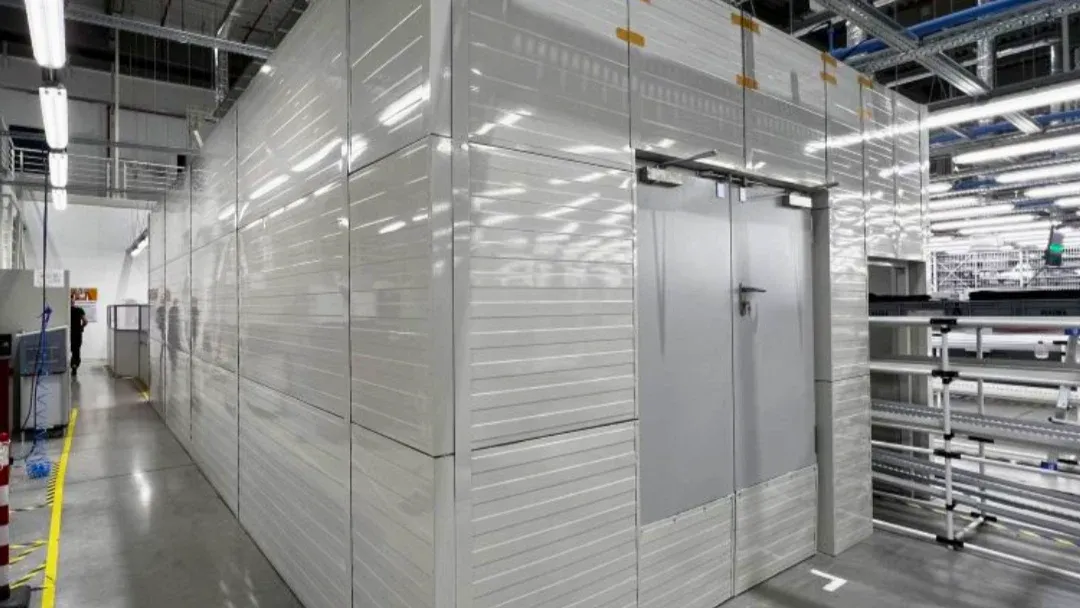
Best-Practice Noise Control Design Strategies for Smart Manufacturing
Effective noise control in Industry 4.0 starts with a systematic design process. Smart factories benefit most when acoustic planning begins early and evolves with the production environment. The following best practices outline how to build quieter, safer, and more efficient facilities.
Early Planning and Layout
Noise control begins at the design stage. Before equipment is installed, identify high-noise sources such as compressors, robotic welders, or packaging lines.
- Place these machines in isolated zones or enclosed cells.
- Use corridors, storage areas, or low-traffic spaces as acoustic buffers between noisy and quiet areas.
- For heavy machines, design separate foundations to prevent structure-borne vibration transmission.
Early zoning prevents costly retrofits later and improves compliance with workplace exposure limits.
Engineering Controls
Mechanical and structural interventions remain the most powerful form of smart factory soundproofing solutions.
- Acoustic enclosures reduce airborne noise by 15–25 dB when properly sealed and lined with absorptive materials.
- Barriers or partitions can block sound paths between adjacent production cells.
- Vibration isolation pads and resilient mounts decouple machinery from floors, limiting structure-borne transmission.
- Consider modular acoustic panels for equipment that requires frequent access or reconfiguration.
Sensor Placement and Monitoring Strategy
In noise control design for smart manufacturing, sensor data supports both safety and process reliability.
- Install noise and vibration sensors near key mechanical assets, preferably at bearing housings or base frames.
- Track metrics such as LAeq, frequency bands, and vibration velocity (mm/s).
- Set automated alerts for abnormal peaks and establish procedures for intervention.
- Combine acoustic data with temperature, load, and energy readings to create a holistic picture of equipment health.
Maintenance and Continuous Improvement
Noise control systems must evolve alongside production changes.
- Inspect seals, fixings, and insulation panels regularly for wear or loosening.
- Calibrate and clean IoT sensors to ensure data accuracy.
- Document acoustic baselines and update them after machinery upgrades.
- Schedule acoustic audits annually to confirm continued compliance and efficiency.
Sustainability and Energy Efficiency
Effective soundproofing should not compromise ventilation or energy use.
- Use ventilated acoustic louvres and silenced ducts to balance airflow and attenuation.
- Select recyclable materials and long-life components that align with sustainability goals.
- Integrate noise control solutions into the broader ESG and environmental performance strategy of the facility.
Applying these principles creates resilient, data-informed environments where operators and machines perform at their best.
Why Noise Control Design Is a Competitive Advantage in Industry 4.0
Noise control in smart manufacturing directly influences efficiency, safety, and brand reputation.
- Productivity: Quieter environments improve focus and reduce human error. Reducing background noise by 5 dB can increase task accuracy by up to 15 per cent.
- Equipment Longevity: Lower vibration and stable acoustic conditions extend machinery lifespan and reduce maintenance costs.
- Compliance and ESG: Proactive noise control supports occupational health standards and strengthens a company’s sustainability and social responsibility profile.
- Smart Factory Narrative: Integrating soundproofing and DECIBEL industrial noise control solutions into factory design shows innovation and care for human-centric technology.
Acoustic treatment, or designing how sound will behave in a given space, is an important topic in and of itself. Inside production halls, ceiling baffles and echo wave panels play a crucial role. They reduce sound pressure levels, shorten reverberation time, and improve speech intelligibility during maintenance and communication. When applied strategically, these acoustic treatments complement structural noise control and enhance the overall efficiency of quiet operations and smart manufacturing.
Effective noise control design is a cornerstone of smart manufacturing. By combining sensors, analytics, and engineered soundproofing, factories achieve quieter, safer, and more productive operations. For detailed specification guidance or to arrange a site audit, contact DECIBEL today!
LATEST BLOGS
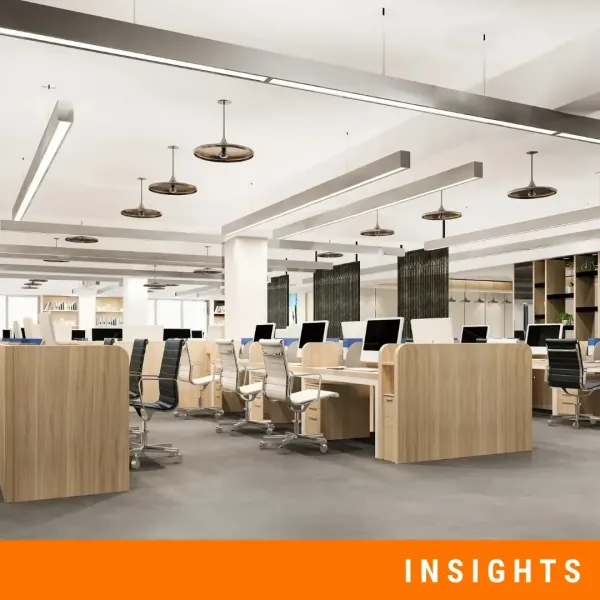
07.11.2025 Smart Sensors to AI Noise Control in Building Acoustics
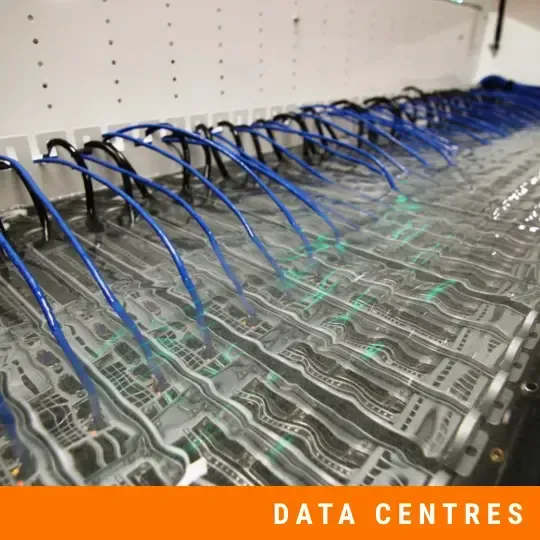
17.10.2025 Soundproofing Data Centres in the Era of Liquid Cooling

10.10.2025 Beginner's Guide to Acoustics: 10 Key Terms Explained
